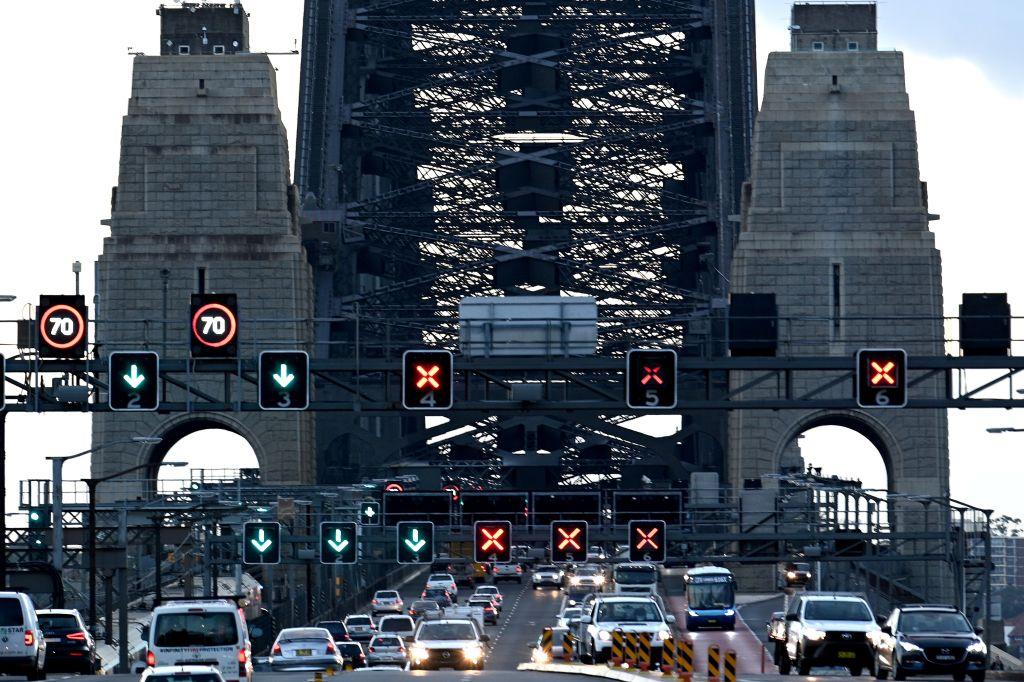A move to pay landowners $200,000 per square kilometre for energy infrastructure imposed on their properties has been labelled a slap in the face.
Residents living in the path of several projects in regional Victoria have previously protested against high-voltage power lines and towers more than 80 metres high and are calling for infrastructure to be placed underground instead.
The projects are part of a wider move to shift the state to renewable energy as remaining coal-fired power stations are set to close over the next 12 years.
The first residents to receive payments will be those impacted by VNI West, likely connecting Ballarat in central Victoria with Kerang in the north and across to NSW, and the Western Renewables Link corridor from the Melbourne suburb of Sydenham to near Stawell in the state’s west.
The standard payments will be $8000 a year for 25 years for those with transmission easements on their land.
Moorabool Central Highlands Power Alliance chair Emily Muir called the payments a “sweetener” and claimed they didn’t go far enough to compensate farmers.
“It feels like the government’s just slapped us in the face,” Muir told AAP.
About one square kilometre of the farm she lives on with her husband is likely to be impacted by the Western Renewables Link.
Muir said she wasn’t against renewable energy projects but believed power lines and towers on her property would impact farming by restricting weed spraying from a helicopter, stopping the movement of certain machinery or stock and interrupting views.
“I feel like it’s the government trying to get us over the line to agree to a project that we’ve been protesting against for two-and-a-half years,” she said.
People living in Gippsland affected by the Victoria-Tasmania Marinus Link project and those near future offshore wind projects can also receive payments, which are now equivalent to those on offer in NSW.
In 2022, protests against VNI West stepped up, with hundreds of farmers driving tractors through Ballarat and a rally held outside Parliament House in Melbourne.
The projects are part of a move to guarantee energy stability across the east coast, with power generated in Victoria and NSW able to be transferred between states.
“These new payments acknowledge the hugely important role landholders play in hosting critical energy infrastructure – a key part of Victoria’s renewables revolution,” Victoria’s Energy and Resources Minister Lily D'Ambrosio said.
Creative Industries Minister Steve Dimopoulos echoed those comments at a press conference on Friday, telling reporters the infrastructure was vital for future energy transmission and the national market.
The Victorian opposition backs compensation for landholders but said more attention needed to be paid to any faults and blockages affecting the transmission network.
“The real issue is getting on with delivering an energy network that can support our transitioning system,” opposition energy and resources spokesman David Hodgett said.
The Australian Energy Market Operator earlier this week warned the reliability of the grid would be in doubt during the next decade without urgent investments to replace coal plants.





